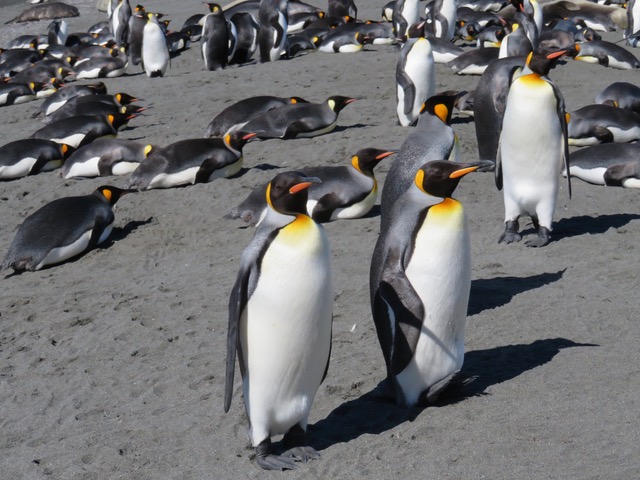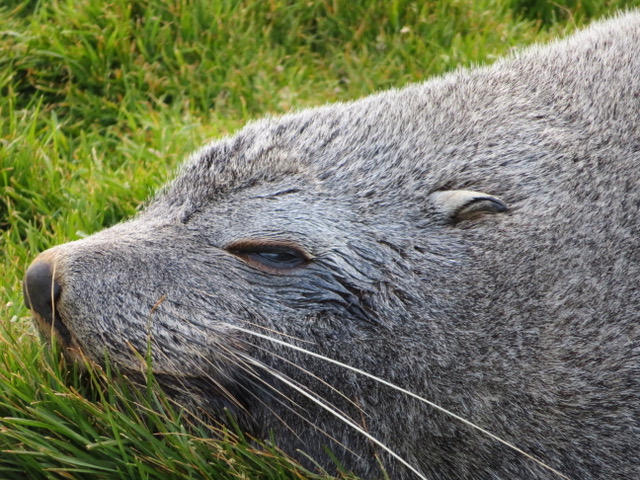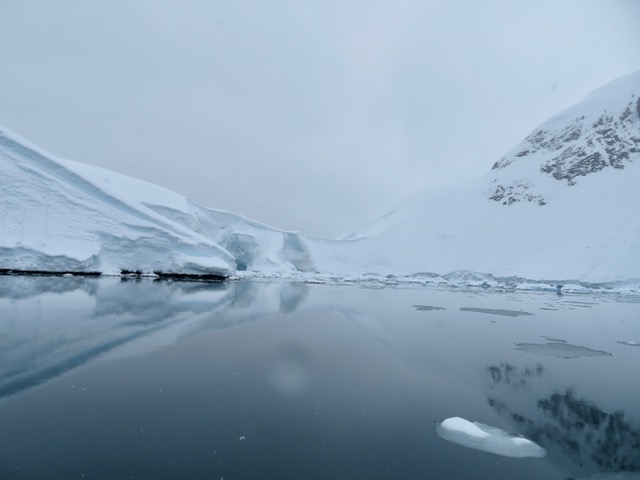Antarctica
Vast. Pristine. Remote. Penguins. Seals. Whales. Seabirds. Glaciers. Icebergs. Amundsen’s description: “It was easy to see that here, nature was at her mightiest.”
It is difficult to express in a few words or show with a collection of photos Antarctica. Facts are Antarctica is 4.59 million square miles and the surrounding Southern Ocean covers 13.9 million square miles. It is the 5th largest continent. The average thickness of ice is 7546 ft. The area of summer sea ice is 1.5 million square miles which increases in winter to 7.3 million square miles. Maximum wind speeds exceed 186 MPH and the lowest temperature -128F.
A visit to the Antarctic peninsula has two aspects; getting there and Antarctica itself – long flights, ship access only, rough seas, high winds, expense and then there was Covid. It’s not a trip for all, but for those who are willing, a well worthwhile trip.

Thousands of penguins are found in colonies as well as small groups floating on icebergs. King penguins and Gentoo were the most common seen with a scattering of Chinstrap and Adelie and Macaroni. Listening to the chattering and squawks are enchanting. Watching them traveling along their highways, porpoising through the water, building “nests” with rocks, flapping their wings and stretching their necks high is truly entertaining. Chubby brown last-year’s chicks are fun to watch following the adults. And then there is the smell, which it supposed to be very impressive by the end of summer.
Whales are common and fun to watch in the clear water from high above on the ship or from a foot above the water from a Zodiac boat. Pods of whales feed on krill in the Southern Ocean during the summer. Sitting amid a group of about 30 humpback whales spouting and surfacing while feeding is the thrill of a lifetime.

Seals, primarily fur and elephant, come on shore in the summer to mate and produce offspring. They also feed on the krill. Fur seals are aggressive and had to be watched while watching young male elephant seals challenging one another was so much fun.
Ice. Glaciers. Snow. Icebergs of every shape and size. Antarctica is truly a “winter wonderland.” One’s senses are overwhelmed with the beauty. Add an ever changing sky with amazing cloud formations and you find yourself taking thousands of photos – none of which can catch the true essence of what you are seeing.

No one lives permanently on Antarctica. There are several research stations on the continent. It is protected by the Antarctic Treaty System, of which there are 54 member nations. Nothing, however, can protect it from climate change. Glaciers are receding and large ice sheets are breaking off. The long-term effect is still to be determined.
CLIFFTOP, a local nonprofit organization, is focused on preserving and protecting area blufflands.
A version of this article appeared in the January 19, 2022 edition of the Republic-Times.
©2022 all content rights reserved Clifftop NFP
Comments are currently closed.
